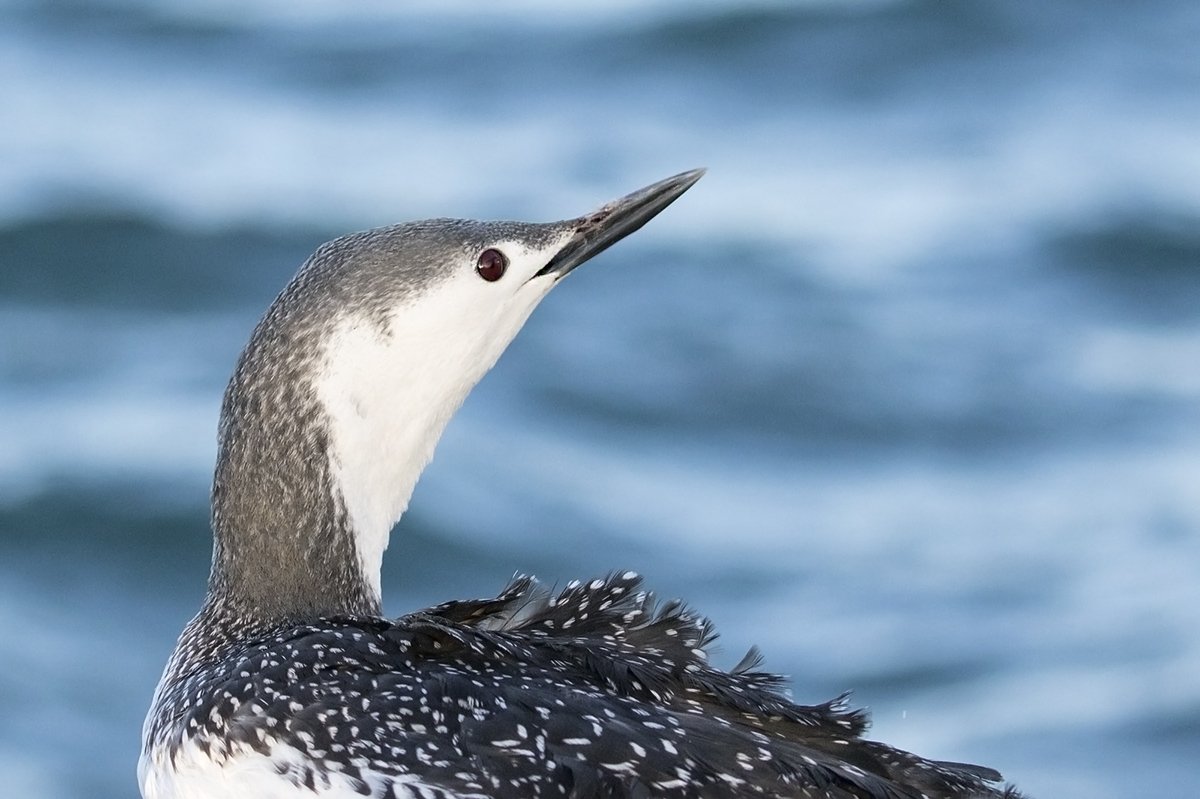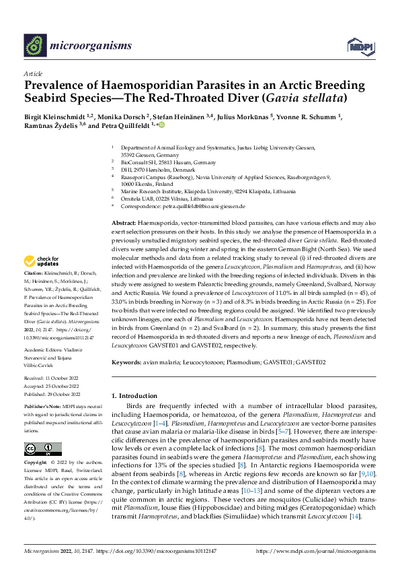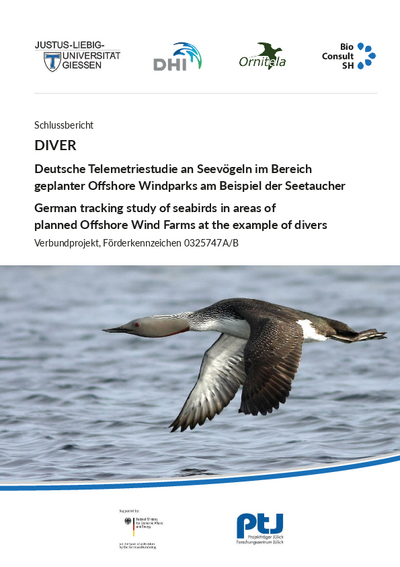Telemetry of divers – DiverLog
Aim of the DiverLog telemetry project is to determine the influences of offshore wind farms on red-throated diver populations. Open questions arisen from the results of the previous DIVER project shall additionally be answered.
How do offshore wind farms influence red-throated divers?
The German Bight is an important wintering area for the two diver species red-throated diver (Gavia stellata) and black-throated diver (Gavia arctica).
The previous project DIVER (2014 to 2018) investigated spatial and temporal dynamics of habitat use of divers in the German Bight in relation to offshore wind farms. The results showed that red-throated divers in the German Bight show stronger avoidance behaviour towards offshore wind farms than previously assumed. Habitat loss is therefore much more severe.
However, little is known about the impacts of habitat loss and displacement and how populations or individual fitness of red-throated divers are affected. These questions will be addressed in the DiverLog project.
Project objectives
- To determine habitat preferences for the Baltic and North Sea and to calculate avoidance distances to offshore wind farms using habitat models
- To investigate the food spectrum to support the interpretation of habitat selection in the wintering areas
- To characterise diving or foraging behaviour during the winter season
- To calculate the energy expenditure during different activities
- To identify the impact of offshore wind farms on the red-throated diver population using individual-based models (IBMs)
Methods
Over three years, red-throated divers will be equipped with data loggers in their resting area in the German North Sea. Use of up-to-date GPS loggers allows tracking the exact movement patterns. With the help of integrated pressure sensors, the foraging behaviour of the red-throated divers can additionally be recorded.
In a previous study between 2014 and 2018, red-throated divers in the German Bight in the North Sea have already been tagged to investigate the birds' migration movements and behaviour towards offshore wind farms (see papers and reports). Modern GPS loggers and immersion sensors now allow for significantly more accurate measurements of red-throated diver behaviour over the year and in relation to offshore wind farms.
Publications
Prevalence of Haemosporidian Parasites in an Arctic Breeding Seabird Species -The Red-Throated Diver (Gavia stellata)
Microorganisms 2022, 10, 2147
Annual movements of a migratory seabird - the NW European red-throated diver (Gavia stellata) - reveals high individual repeatability but low migratory connectivity
Marine Biology. 169. 10.1007/s00227-022-04096-x
Satellite telemetry and digital aerial surveys show strong displacement of red-throated divers (Gavia stellata) from offshore wind farms
Marine Environmental Research. 160. 104989. 10.1016/j.marenvres.2020.104989.
The diet of red-throated divers (Gavia stellata) overwintering in the German Bight (North Sea) analysed using molecular diagnostics.
Marine Biology 2019 166:77
Further information
Please refer to the project homepage https://www.divertracking.com for more information on DiverLog.
Funded by
German Federal Maritime and Hydrographic Agency (BSH)
Funding period
2021 to 2023
Partner


![[Translate to English:] Treffpunkt Nordsee – Zugwege der Sterntaucher](/fileadmin/_processed_/6/b/csm_Burger___Nehls__SEEVOEGEL_32024_5ee651d8b7.png)


